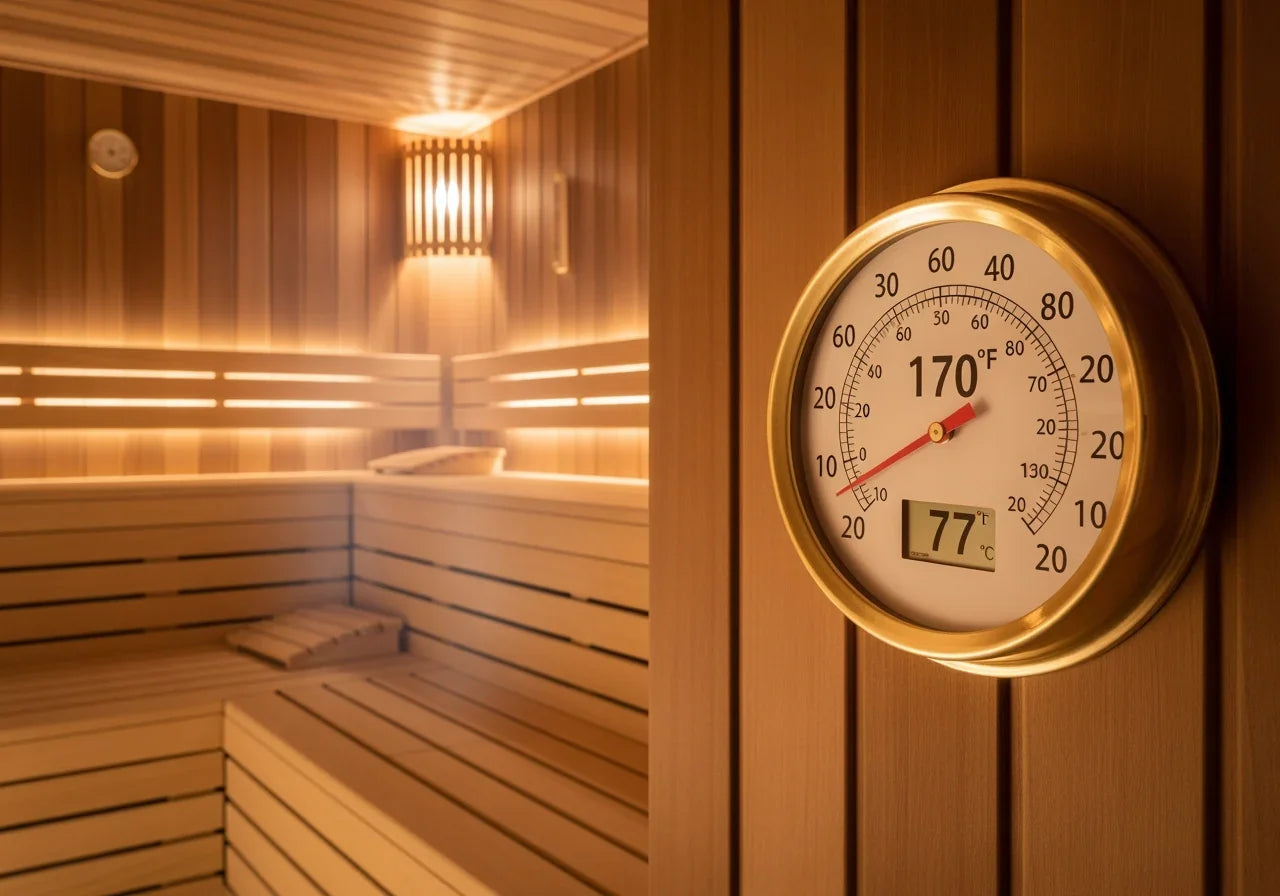
Best Temperature for Sauna: Find Your Perfect Heat Level
Introduction
Ever stepped into a sauna and wondered, “Is it hot enough? Or maybe too hot?” Nailing the best temperature for sauna sessions can make all the difference between a blissful escape and a sweaty struggle. Whether you’re a luxury homeowner curating your wellness sanctuary or a first-timer with questions, understanding ideal sauna temperatures is key to safety, comfort, and that perfect deep sweat.
What is the Best Temperature for Sauna?
The best temperature for sauna depends on the type of sauna you choose and your personal comfort level. Let’s break it down:
-
Traditional Saunas:
- Typical range: 150°F to 195°F (65°C to 90°C)
- Most users find their sweet spot around 170°F to 180°F
- Higher temps mean shorter sessions—think 10–15 minutes per round
-
Infrared Saunas:
- Typical range: 120°F to 150°F (49°C to 66°C)
- Most users prefer 130°F to 140°F for gentle, deep-penetrating heat
- Sessions last longer, often 20–45 minutes
-
Barrel & Outdoor Saunas:
- Follow traditional sauna guidelines, but outdoor air may influence comfort—adjust as needed!
Why does temperature matter?
Too low, and you’ll miss out on those rejuvenating benefits. Too high, and you risk dizziness or dehydration. The “best” temperature is one that delivers a satisfying sweat without making you feel faint.
Health & Wellness Benefits at the Best Temperature for Sauna
Dialing in the right sauna temperature isn’t just about comfort—it’s about maximizing wellness. Here’s what happens when you hit that sweet spot:
- Boosts Circulation: Warmth widens blood vessels, improving oxygen delivery to muscles and skin.
- Supports Detoxification: Sweating at optimal temps helps flush toxins and heavy metals.
- Relieves Muscle Tension: Heat relaxes muscles, eases soreness, and aids post-workout recovery.
- Promotes Relaxation: The right temperature calms the nervous system, reduces stress, and supports better sleep.
- May Enhance Immunity: Regular sauna use at proper temps can stimulate white blood cell production.
Secondary keywords woven in:
infrared sauna benefits, traditional sauna safety, optimal sauna temperature
Best Temperature for Sauna Compared to Alternatives
Let’s compare the best temperature for sauna across different models and wellness routines:
Infrared Sauna vs. Traditional Sauna
| Sauna Type | Typical Temp Range | Sweat Style | Session Length | Comfort Level |
|---|---|---|---|---|
| Infrared Sauna | 120–150°F | Deep, gentle | 20–45 min | Lower, more tolerable |
| Traditional Sauna | 150–195°F | Intense, surface | 10–20 min | Higher, invigorating |
Infrared saunas deliver heat directly to your body, so you sweat more at lower temps. Traditional saunas heat the air, creating that classic, steamy environment. Both offer fantastic wellness perks—just pick your preferred heat style.
Home Sauna vs. Public Sauna
- Home saunas let you personalize the temperature—start low and work up as you acclimate.
- Public saunas are often set higher for quick turnover; always check the gauge before stepping in!
Practical Tips: How to Find Your Best Temperature for Sauna
Ready to perfect your sauna ritual? Here are some expert tips:
1. Know Your Sauna Type
- Infrared: Start at 120°F and gradually increase to 140°F as you get used to the heat.
- Traditional: Begin at 150°F, then nudge up in 5–10°F increments if you crave more intensity.
2. Listen to Your Body
- Lightheaded? Heart pounding? Step out, cool down, and hydrate.
- Never force yourself to endure an uncomfortable temperature.
3. Use a Thermometer
- Always check the built-in thermometer or add your own for accuracy.
- For traditional saunas, place the thermometer at head height for the most accurate reading.
4. Adjust Session Length
- Lower temps = longer sessions (20–45 min in infrared)
- Higher temps = shorter bursts (10–15 min in traditional)
5. Hydrate, Hydrate, Hydrate
- Drink water before, during, and after your sauna session.
- Add electrolytes if you’re sweating heavily.
6. Accessorize for Comfort
- Use a towel to sit on—protects your skin and keeps benches clean.
- Consider ergonomic backrests, headrests, or a foot warmer for extra luxury.
Explore our infrared saunas
7. Safety First
- Pregnant, have heart issues, or other health concerns? Always check with your doctor first.
- Kids and seniors should stick to the lower end of the temperature range.
8. Try Contrast Therapy
- Pair your sauna session with a cold plunge or shower for a powerful wellness boost!
Want more buying tips? See our sauna buying guide
FAQs: Best Temperature for Sauna
What’s the safest temperature for beginners?
Start at 120°F in infrared or 150°F in traditional saunas. Increase gradually as your body adapts.
Can you use a sauna at lower temperatures?
Absolutely! You’ll still get relaxation and circulation benefits, especially in an infrared sauna.
Is a higher temperature always better?
Nope. The best temperature for sauna is what feels right for you. Too hot can be unsafe, especially for those with health conditions.
How do I know if the sauna is too hot?
If you feel dizzy, nauseous, or your heart races, exit immediately and cool down.
Do different sauna types require different temperatures?
Yes. Infrared works best at lower temps, while traditional saunas are designed for higher heat.
Can kids use saunas?
With supervision, yes—but keep temperatures lower and sessions shorter.
How often should I sauna?
2–4 times weekly is ideal for most people. Listen to your body and adjust as needed.
Conclusion & Call-to-Action
Finding the best temperature for sauna is a personal journey—what matters most is comfort, safety, and the wellness benefits you crave. Whether you prefer the gentle warmth of an infrared sauna or the invigorating heat of a traditional model, Sauna Luxuries has the perfect fit for your home sanctuary.
Ready to elevate your wellness routine? Explore our full sauna catalog or see our sauna buying guide for expert tips and recommendations.
Turn up the heat—just the way you like it.

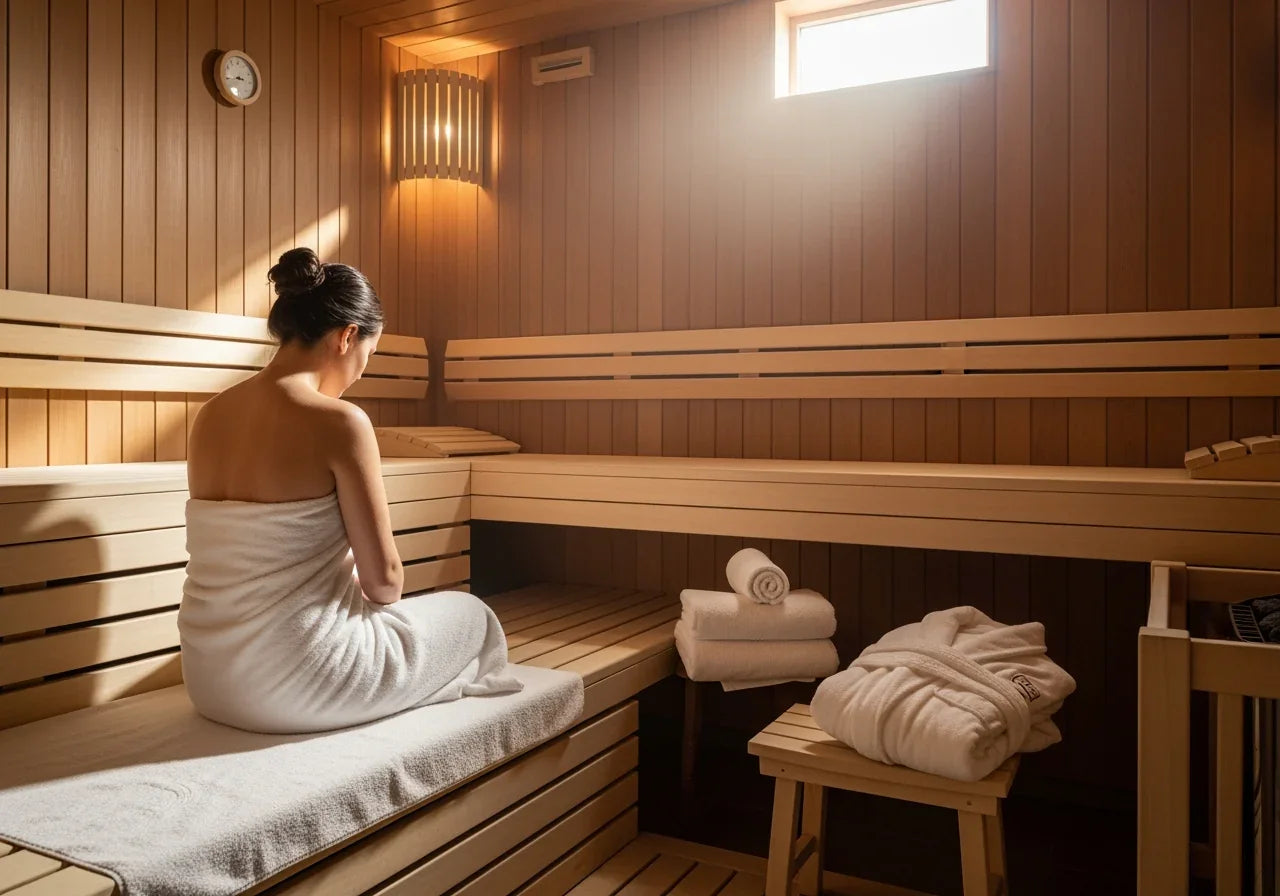
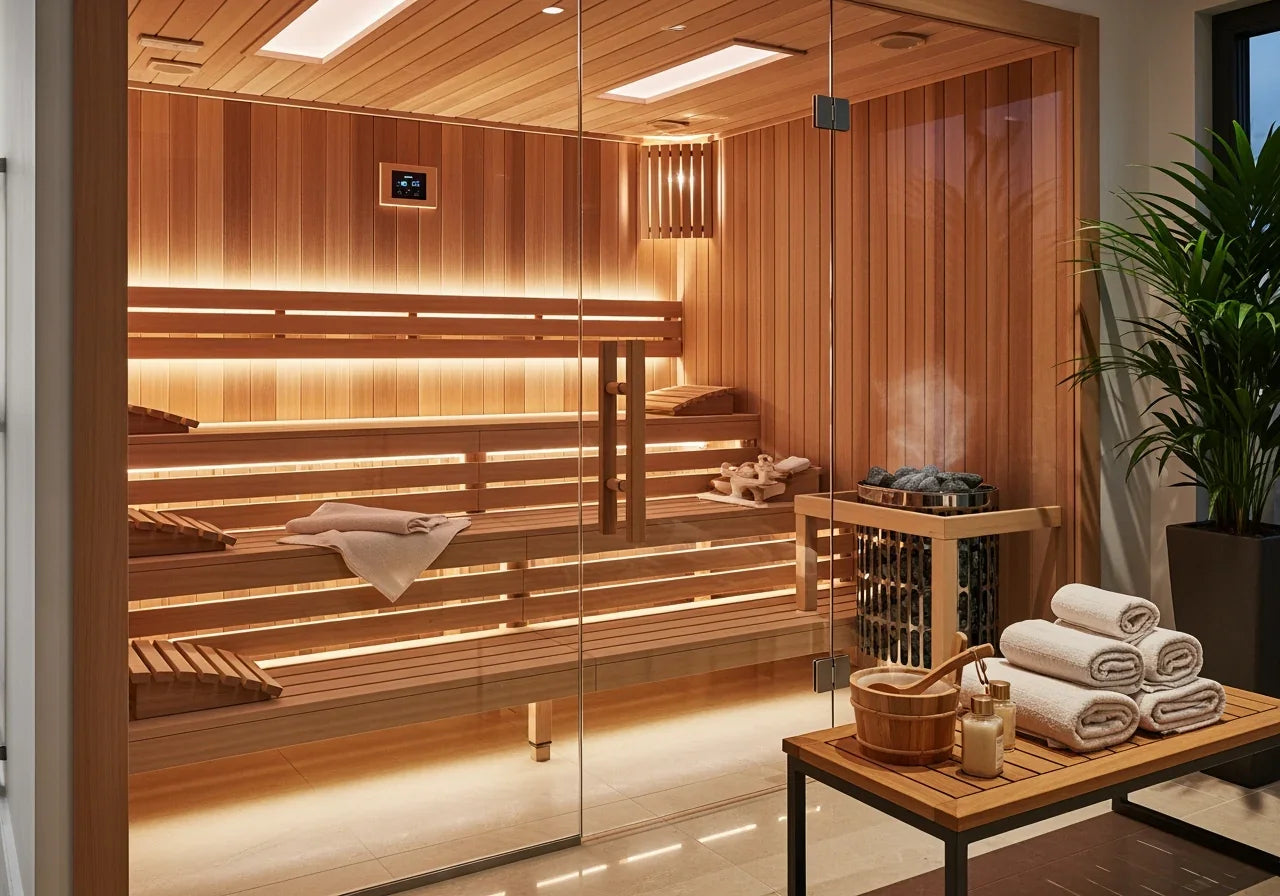
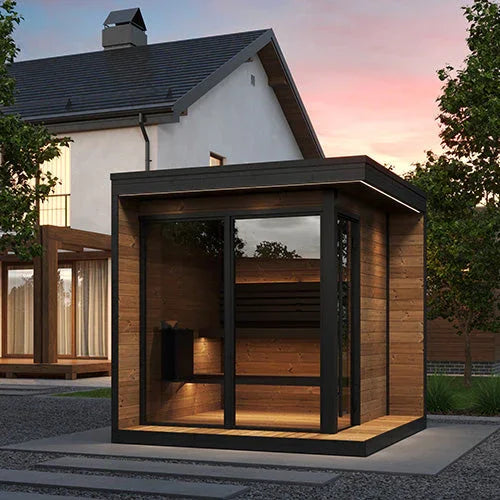
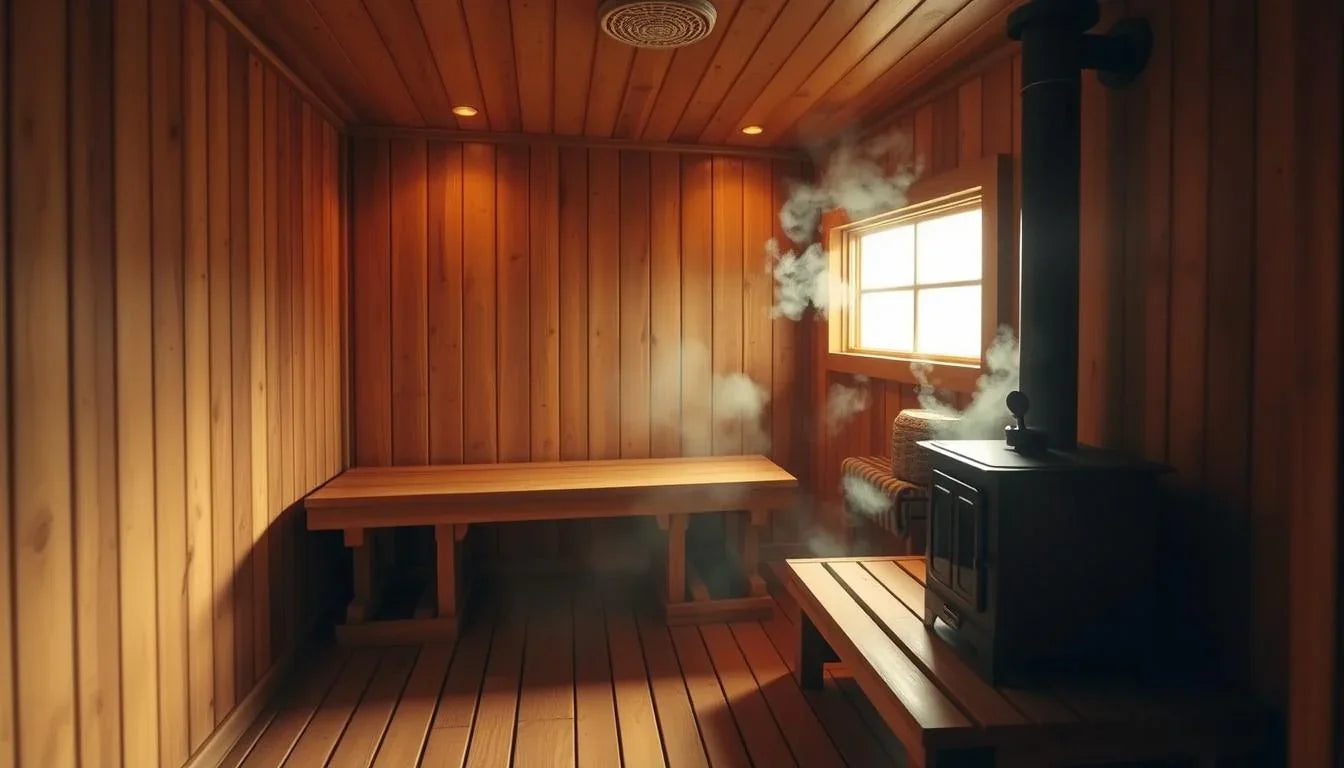
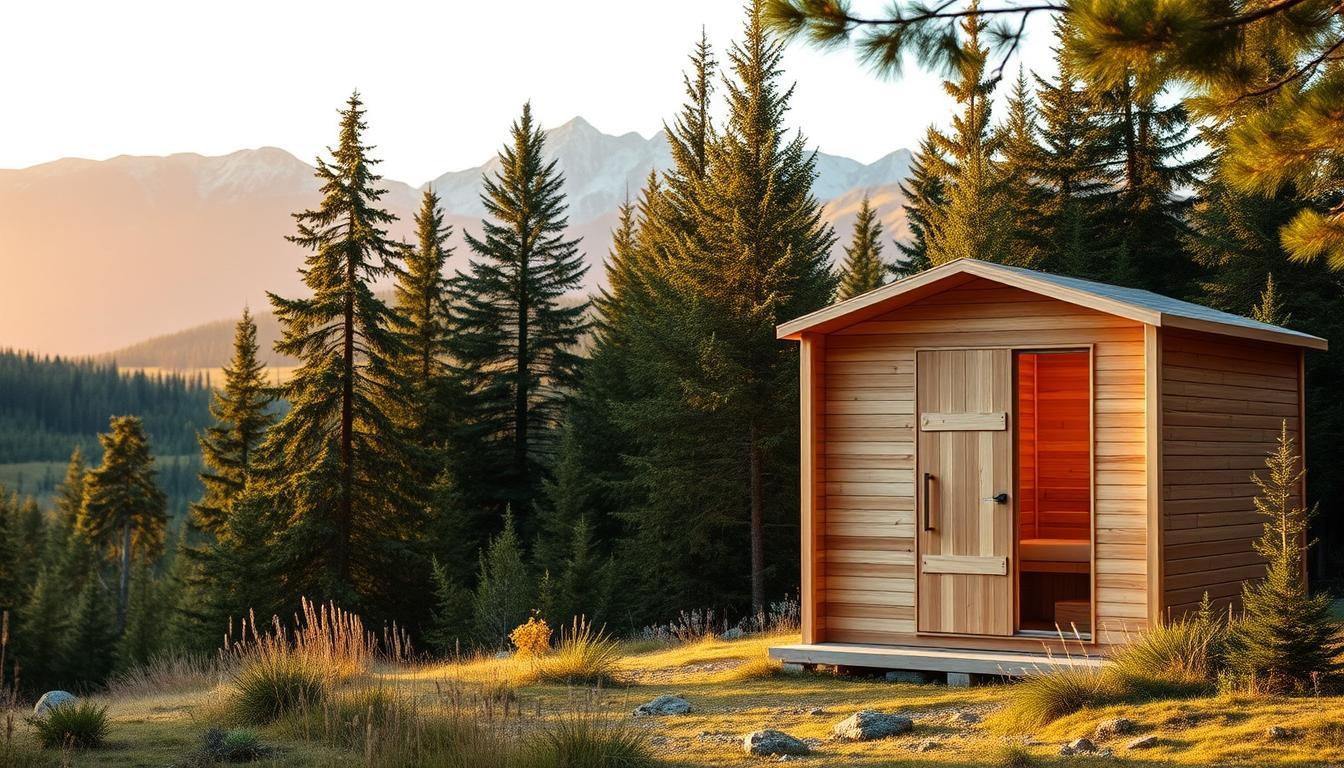
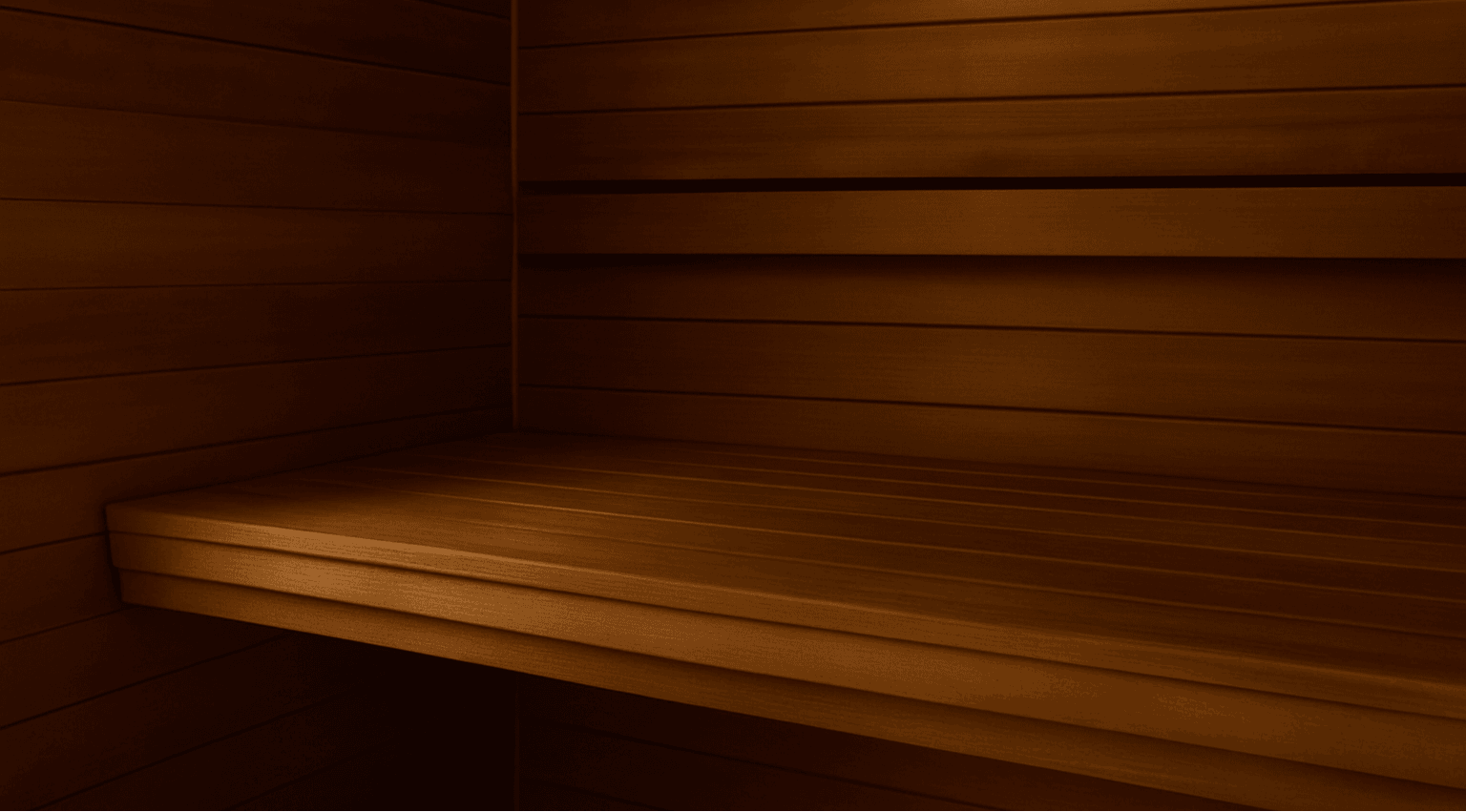
Leave a comment
This site is protected by hCaptcha and the hCaptcha Privacy Policy and Terms of Service apply.